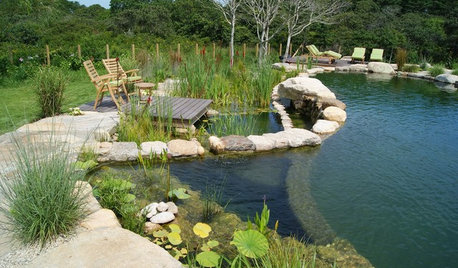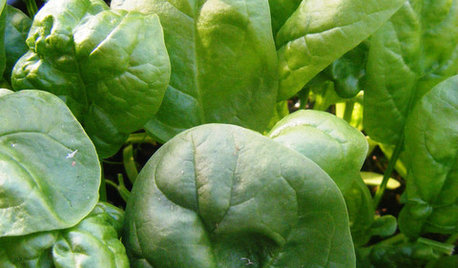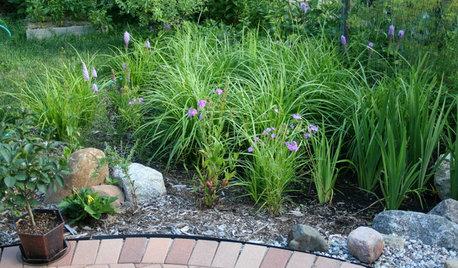Nutrient Vs Water PPM
skoka123
14 years ago
Related Stories

GARDENING GUIDES9 Ways to Be Water-Wise in the Edible Garden
Consider these tips to get a healthy backyard crop that uses less water
Full Story
SAVING WATERXeriscape Gardens: How to Get a Beautiful Landscape With Less Water
Conserve water and make gardening much easier with the xeriscape approach’s 7 principles
Full Story
GARDENING GUIDESEssential Watering Tips for Your Edible Garden
To give your edible plants just what they need, check out these guidelines for how, when and how much to water
Full Story
LANDSCAPE DESIGNSecrets of a Successful Water Garden
Relax. Having a water garden is much easier once you understand the basics
Full Story
GREEN DECORATINGEasy Green: Big and Small Ways to Be More Water-Wise at Home
These 20 tips can help us all make the best use of a precious resource. How do you save water in summer?
Full Story
FARM YOUR YARDHow to Get Good Soil for Your Edible Garden
The nutrients in your soil feed the plants that feed you. Here are tips on getting it right — just in time for planting season
Full Story
COOL-SEASON CROPSCool-Season Vegetables: How to Grow Spinach
Chock-full of antioxidants and iron, spinach is a nutrient-rich addition to your fall or spring garden
Full Story
GARDENING GUIDESHow to Install a Drip Irrigation System
Save time and water with a drip watering system in your vegetable garden — a little patience now will pay off later
Full Story
EARTH DAYGrow a Beautiful Garden With Ecofriendly Greywater
Reducing home water waste means lower bills and a healthier planet. Here's how to set up a greywater home irrigation system that can help
Full Story
LANDSCAPE DESIGNHow to Site and Size a Rain Garden for Your Landscape
Installing a rain garden is an excellent way to reduce runoff and return water to its source
Full Story






greystoke
lucas_formulas
Related Professionals
Ballwin Landscape Architects & Landscape Designers · Essex Landscape Architects & Landscape Designers · East Patchogue Landscape Architects & Landscape Designers · Pottstown Landscape Contractors · Wakefield Landscape Contractors · Woburn Landscape Contractors · Arlington Landscape Contractors · Alpharetta Landscape Contractors · Bedford Heights Landscape Contractors · Belmont Landscape Contractors · Brandon Landscape Contractors · Fort Payne Landscape Contractors · Hawaii Landscape Contractors · Thonotosassa Landscape Contractors · Tustin Landscape Contractorsgreystoke
lucas_formulas
greystoke
lucas_formulas
skoka123Original Author
greystoke
lucas_formulas
skoka123Original Author